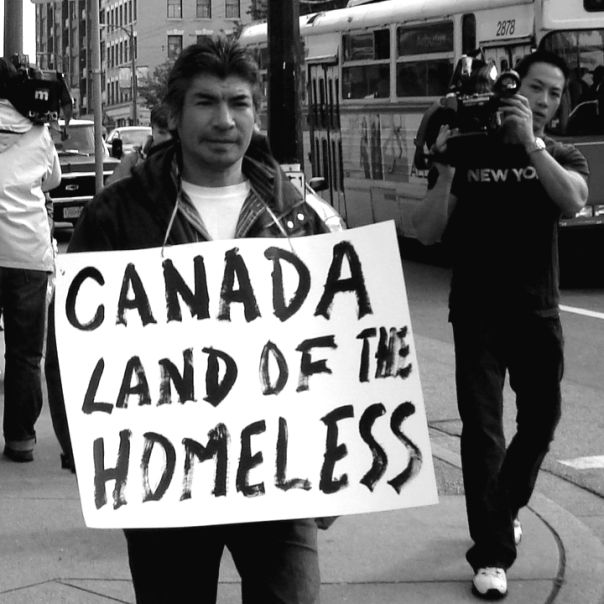Healing Canada's Wounded: Bringing Back Nature & Indigenous Rights
- Juicy Jules

- Jan 23, 2018
- 3 min read
Canada. Prided on its pristine wilderness and cultural diversity, these are the things that people from all over the globe come to explore and catch a glimpse of. But what would happen if they knew the truth? That for all of its glorious glamour, it was nothing but a lie? It can be easy to forget while standing in such a beautiful Canadian Park that your mere presence is a mark against the purity of the ecosystem, which should remain naturally untainted of human related nature. As many have tried to forget, certain cultures within Canada have been suppressed. Both Canadian nature and Indigenous peoples have been used for governmental gain. Ironically, both are deeply connected and intertwined yet only one is truly celebrated. The uniqueness of Indigenous identity is something that Canada should pride itself on and show to the world. Much like how this country is praised for its overall uncivilized terrain and nature. Why is it that one is advertised and the other not, when both are so closely related? Sadly, even though one is used primarily for economic value, both are abused by the Canadian government.

Having taken the course The Native Peoples of Canada 1220, I thoroughly understand the impact of European colonialism on the Indigenous peoples as well as their suffrage. I find parallels between both groups as Aboriginal peoples, like nature, were powerless to have the right to live their lives and preserve the riches that made life valuable. Yet again, the belief that human superiority conquers all, ends up destroying ecosystems and ancient traditions which are left reeling from the consequences of such destruction. The Canadian government seeks to reconcile and amend both broken structures of which it has changed and wounded, however more should be done.
As the Truth and Reconciliation report states a, ‘mutually respectful relationship between Aboriginal and non-Aboriginal peoples in this country,’[1] must be established and maintained. If such a relationship is upheld, then the sustainability of Canadian wildlife and resources may also be improved. Indigenous peoples have lived a way of life within nature for thousands of years and according to the UN, ‘hold the vital knowledge of generations on how to live with nature and be in balance and harmony with the natural world.'[2] If they are not respected, then how can change for both the environment and Canada be implemented? The UN’s Sustainable Development Goals mention within their mission statement that in order for the correct steps towards sustainability to be taken, ‘no one [should] be left behind.’[3] It is also worth mentioning that Indigenous Peoples within Canada suffer from all seventeen goals, but four of them specifically mention Native People,[4] as they suffer regularly from them.
The Truth and Reconciliation in Canada and the UN’s Sustainable Development Goals are essentially one and the same: both seek to heal and reconcile damage done within Canadian boarders with regards to Indigenous peoples. They both wish to promote peace and wish to see the successfulness of sustainability flourish. Reconciliation will mean that both the cultural integrity, as well as the resourceful integrity in Canada will be on the path to success and eventual healing. Progress and change will come when Canadians band together and truly embrace the differences that make Canada the amazing country that it is, therefore celebrating diversity and its beauty in its full glory.
For more information on how sustainable development empowers Indigenous Peoples, check out the following article by clicking here.
[4] https://www.culturalsurvival.org/news/what-do-sustainable-development-goals-mean-indigenous-peoples
'Canada: Land of the Homeless' photo: https://inequalitygaps.files.wordpress.com/2013/04/canada-land-of-the-homeless.jpg
"Aboriginal Powwow' video: https://www.youtube.com/watch?v=SwzSAzYbu2k





Comments